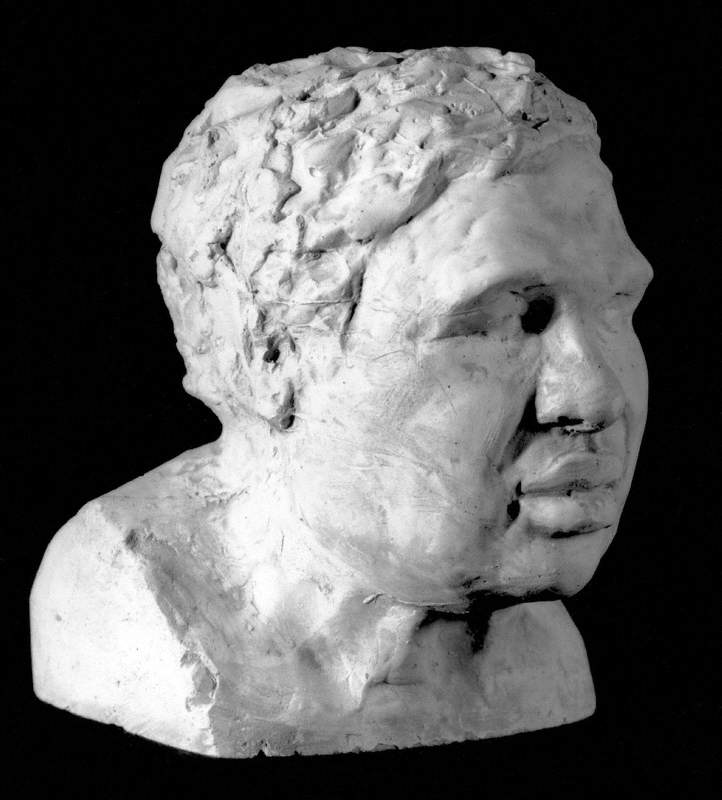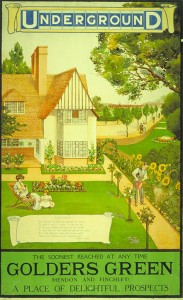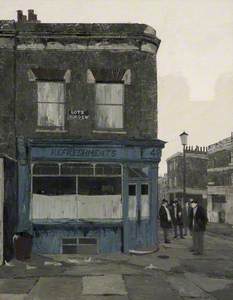Brian Ernest Hagger was born at Bury St Edmund's in 1935. After serving in the military as part of his national service, he studied at the Royal College of Art between 1958 and 1961, where he was taught by Carel Weight, Ruskin Spear, Ceri Richards and Colin Hayes.
In the early 1960s, Hagger was a studio assistant to William Scott, but this was short-lived as his real focus and passion lay in making it as a professional artist. This journey had humble beginnings with Hagger at first selling his paintings off the railings at Green Park, however, following a chance meeting with Oscar Lerman – American businessman and husband of novelist Jackie Collins – Hagger gained a commitment to have his paintings shown at Lerman's Bramante Gallery in Victoria. Here he had four one-man shows and exhibited in many mixed shows between 1968 and 1971. Later he showed at the Thackeray Gallery and was a regular exhibitor at the RA during the 1960s, 1970s and 1980s.
Self Portrait
1960, oil on board by Brian Hagger (1935–2006) 
When Brian Hagger died in 2006, David Buckman – author of the dictionary Artists in Britain since 1945 – wrote in his obituary for The Independent that '[t]he artist Brian Hagger never made a national reputation, but he created a body of work that can never be matched. His paintings of the dowdier Chelsea and Fulham area of London in the 1960s and 1970s and later of unfashionable Brighton are a valuable record of everyday streets and shops long swept away by modernisation'.
Redcliffe Square
1968, oil on canvas by Brian Hagger (1935–2006) 
Not only were the streets that Hagger painted never to be matched, but they were indeed from a different world – one that within a couple of decades would have disappeared. The scars from the bombing of London during the Second World War were still evident, slum clearance and the impact of the high-rise block had yet to irrevocably transform the landscape and skyline, and despite the growing prosperity of the early 1960s, swathes of West London were dilapidated and impoverished. These shabby streets and their inhabitants provided the perfect working environment for Hagger.
Tea Break, Lots Road, Fulham, London
1969
Brian Hagger (1935–2006) 
'I have always been interested in urban landscape and seascape. This has been the subject matter of my work for most of my life. The buildings in question are painted as I see them, although this may sometimes produce architectural changes for the sake of the painting – although almost photographic in concept I try to base them on sound principle of abstract design. An important part of the paintings are the figures which are stylised and simplified to suit the painting in question' – Brian Hagger
Harry's
1967, oil on canvas by Brian Hagger (1935–2006) 
Hagger's London paintings show great artistic sensibility with a great capacity to capture everyday people and places. This was an environment of post-war 'make-do and mend', with its working-class inhabitants spending their time away from work in the pub, bingo hall or at the football.
North End Road
1973, oil on canvas by Brian Hagger (1935–2006) 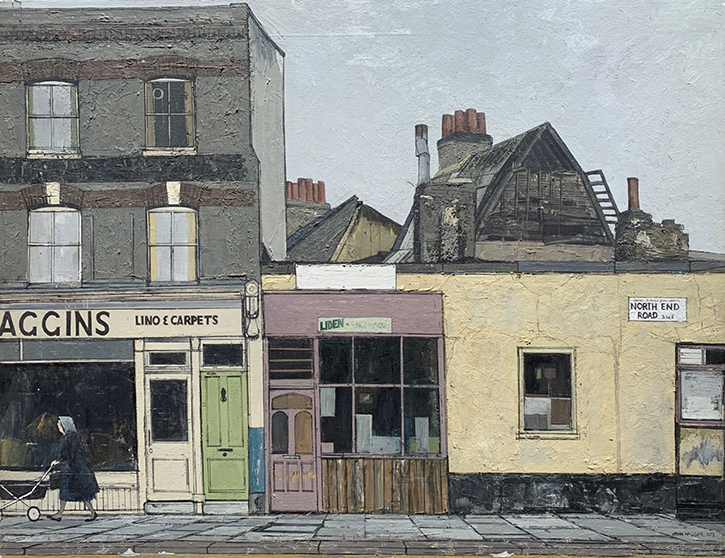
This capturing of crumbling shop facades and 'Andy Cap'-style figures didn't come about by accident, but rather by studious design. Each painting demonstrates a clear lineage from Walter Sickert, the Camden Town Group (Harold Gilman, Robert Bevan and Charles Ginner in particular), the Euston Road School and 1950s painters such as Ruskin Spear, who was Hagger's tutor. The influence of Spear is to be found throughout Hagger's body of work, with the paintings often having subtle hints of humour or satire. Miniature collages of billboards, advertising posters and graffiti contained in paintings also give a nod to Spear's links to Pop Art. They are honest paintings with a genuine warmth towards the subject matter.
Closed Shop
1968, oil on canvas by Brian Hagger (1935–2006). Spot the fragment of an early Pink Floyd billboard... 
Importantly, Hagger's 1960s and 1970s paintings of pre-gentrified Pimlico, Chelsea and Fulham provide an important social record of a city in transition, similar to what L. S. Lowry was doing in Manchester and Herbert Whone was creating in Glasgow. Painted without a hint of sentimentality, these pictures are a slice of post-war London history.
The Warwick Arms
1976, oil on canvas by Brian Hagger (1935–2006) 
A fascinating aspect of the body of work that Hagger produced is the juxtaposition between the realistic approach to his run-down subject matter and the glamorous world that so many of his patrons moved in. In simple terms, Hagger's extensive list of buyers in the 1960s and 1970s reads like a 'who's who' of film stars, racing drivers, TV celebrities, musicians and major industrialists. The Oscar Lerman/Jackie Collins connection opened the door to famous buyers from the entertainment industry who were only too keen to snap up his paintings.
Market, Tachbrook Street
1976, oil on canvas by Brian Hagger (1935–2006) 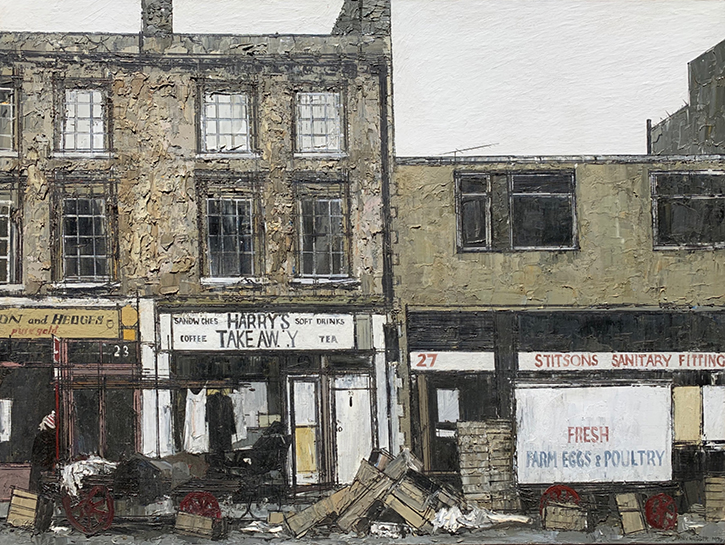
However, by the mid 1970s, Hagger had moved away from London to live in Brighton and like so many artists over the years he had lived his moment and his star was on the wane. From that point on, despite continuing to produce paintings of the highest quality, he was never again to enjoy the same success as that of the previous ten years. Later in life he moved back to his native East Anglia and took a variety of teaching jobs, but one senses that his heart wasn't really in this new direction.
Up the Blues
1999 (possibly a re-work of an earlier painting), oil on canvas by Brian Hagger (1935–2006) 
As already stated by Buckman, Hagger never made a national reputation. This is a great shame as I believe history will see him as one of the great painters of London. Perhaps the upcoming retrospective of his work to be held in September 2023 at Trent Art Gallery in Staffordshire will be the first step in addressing this anomaly.
Henry Birks, Joint Owner and Director of Trent Art Gallery



















